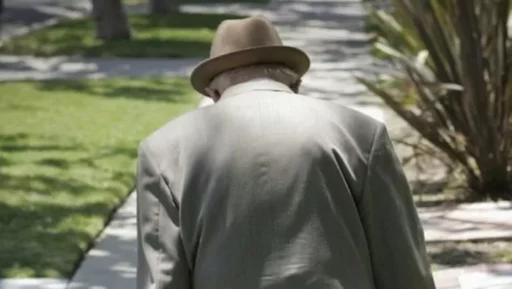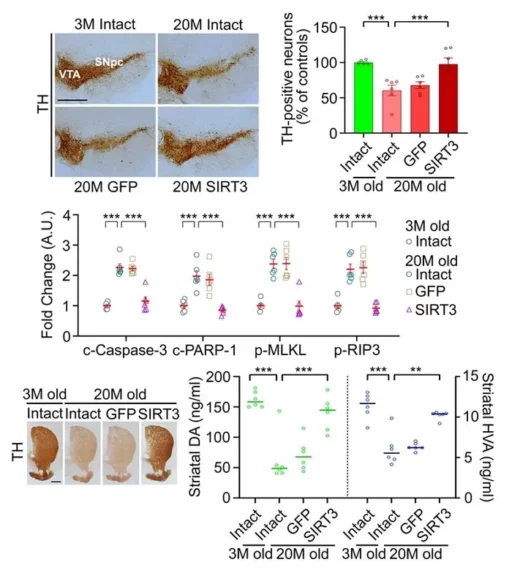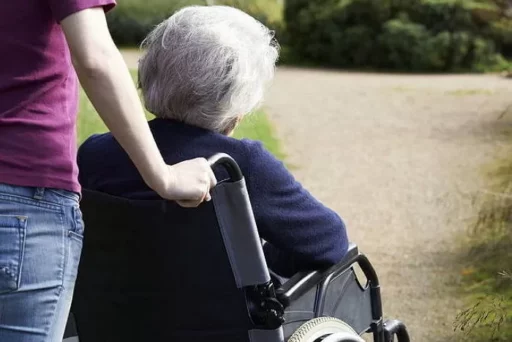Decrease in Muscle Mass Due to Aging: The Brain is the Culprit
Domestic researchers have revealed that the fundamental cause of muscle loss as we age lies in the brain.

A joint research team from Kyungpook National University and the Korea Brain Research Institute has experimentally demonstrated that the decline in the function of the 'dopaminergic system of the substantia nigra and striatum' is a major reason for the reduction in muscle mass associated with aging.
According to the Korea Research Foundation on the 13th, the research team composed of professors Kim Sang-ryong and Lee Jun-young from Kyungpook National University, along with doctors Nam Young-pyo and Kim Se-hwan, and doctor Kim Jae-gwang from the Korea Brain Research Institute, confirmed the potential to inhibit muscle loss by inducing anti-aging effects in the brain's nervous system.
The dopaminergic system of the substantia nigra and striatum is a neural circuit where nerve cells located in the substantia nigra transmit the neurotransmitter dopamine to the striatum. Degeneration of this system is known to lead to reduced motor function in older age and is associated with neurodegenerative diseases; however, previous research has primarily been limited to specific disease models, such as Parkinson's disease.
Confirmation of the Role of the Anti-Aging Factor 'Sirtuin 3'
The research team experimentally verified that the decline in function of the dopaminergic system of the substantia nigra and striatum directly affects the deterioration of motor ability and muscle loss during the general aging process, using animal models.

They discovered that the expression of the anti-aging factor 'Sirtuin 3' (SIRT3) in the substantia nigra of aging mice decreases with age. Sirtuin 3 is one of the proteins found in mammals and plays a crucial role in delaying aging and regulating energy metabolism processes.
The research team confirmed that by employing a gene delivery strategy to increase the expression of Sirtuin 3, the function of mitochondria (cellular organelles that produce energy) was activated, and the expression of aging marker proteins was reduced.

Furthermore, after increasing Sirtuin 3 expression, the researchers evaluated the motor ability of mice, and it was observed that the deterioration of motor function was alleviated, and skeletal muscle mass was maintained.
Professor Kim Sang-ryong explained, "This research will contribute to the development of customized anti-aging treatments based on neuroprotection." The results of this study were published in this month's issue of the international journal 'Signal Transduction and Targeted Therapy.'
Image source: Reference images to assist understanding of the article / gettyimagesbank, Preservation effect of the substantia nigra-striatal dopaminergic system induced by the expression of the anti-aging factor in dopaminergic neurons. (Top) Overexpression of SIRT3 in substantia nigra dopaminergic neurons preserves the number of dopaminergic neurons (TH staining) in aged mice. (Middle) Reduces the expression of apoptosis-related proteins (c-caspase-3, c-parp-1, p-mlkl, p-rip3). (Bottom) Dopaminergic nerve fibers (TH staining) in the striatum are preserved, and the actual dopamine and its metabolite (HVA) levels are maintained. / Korea Research Foundation


